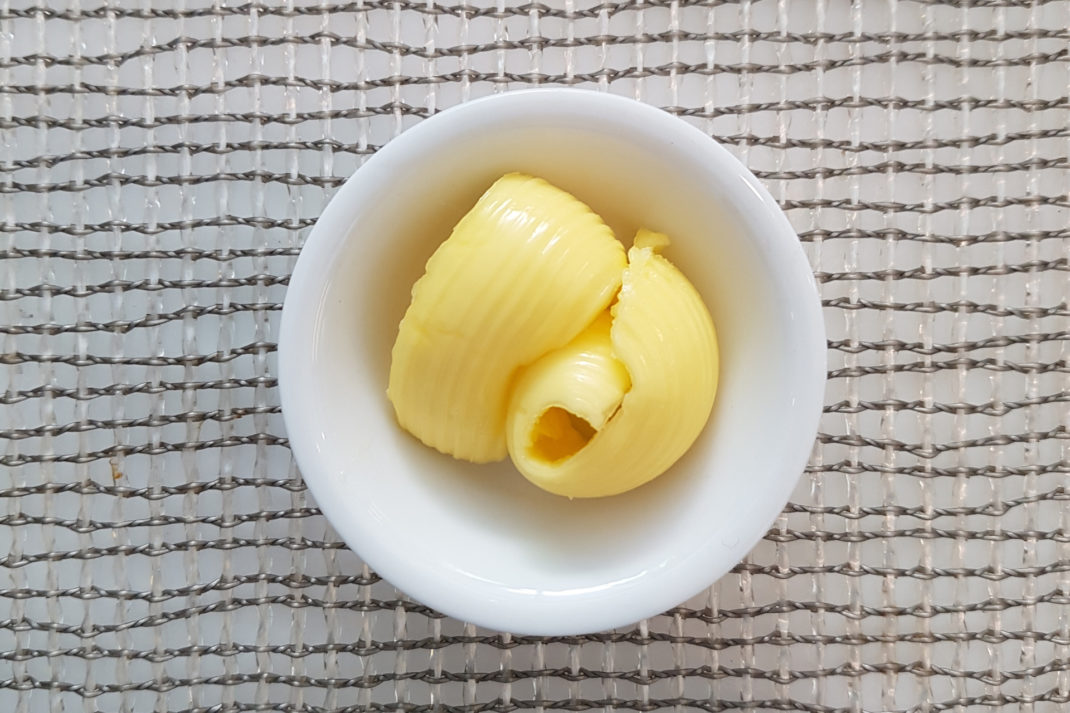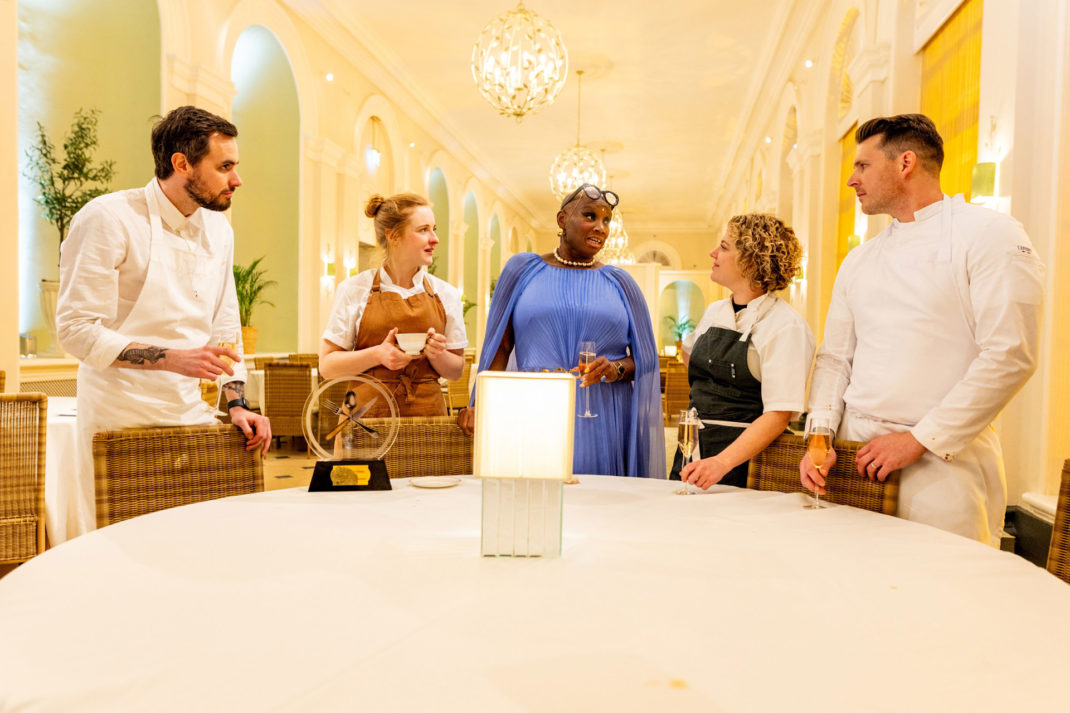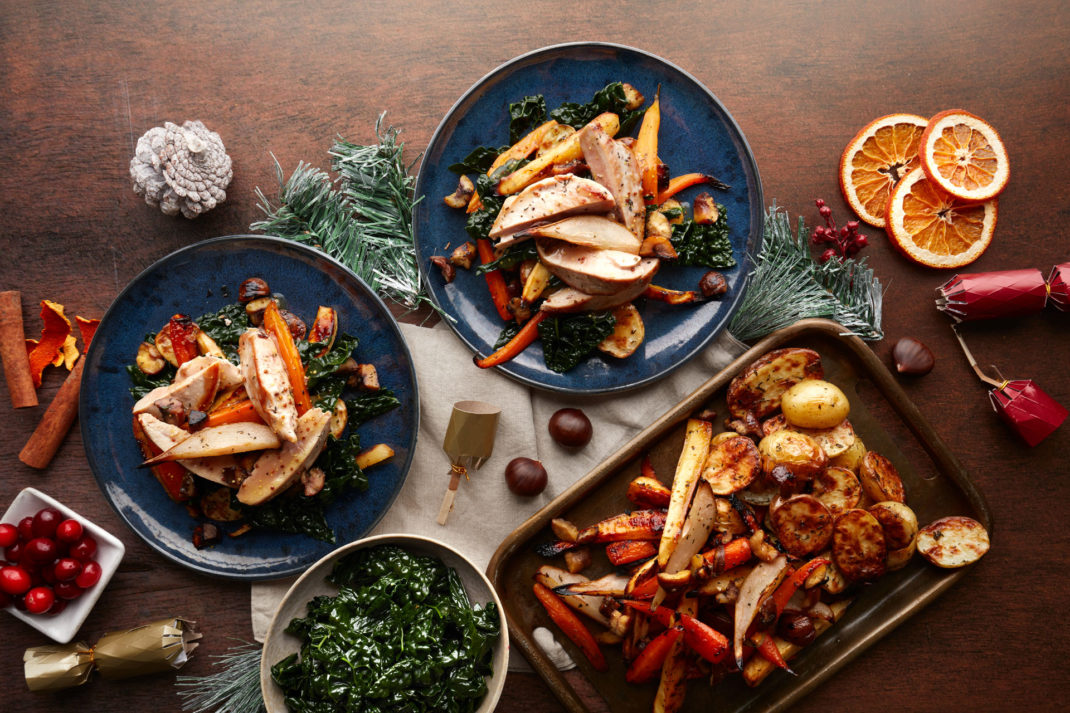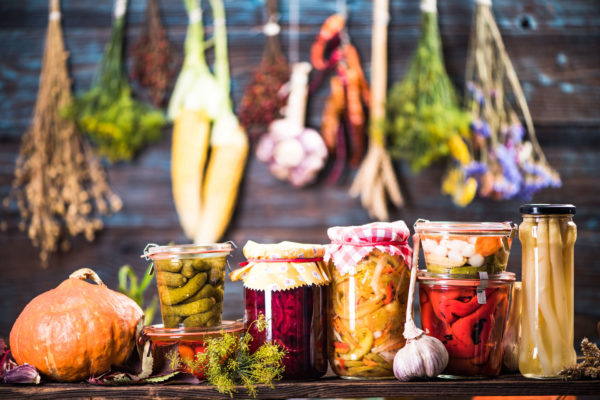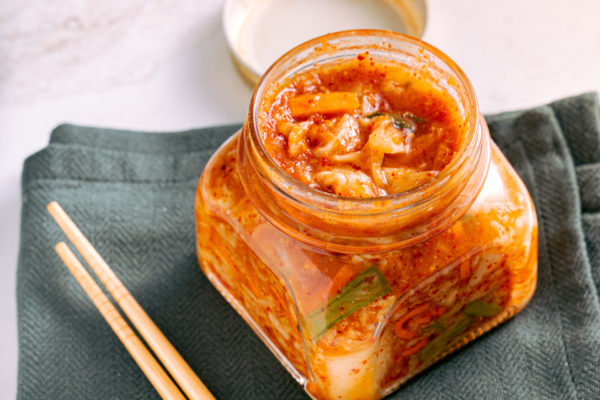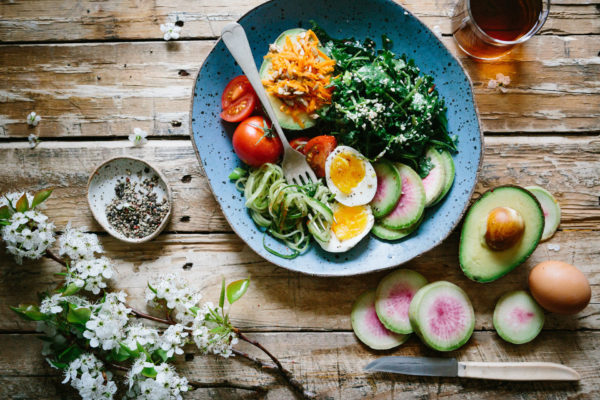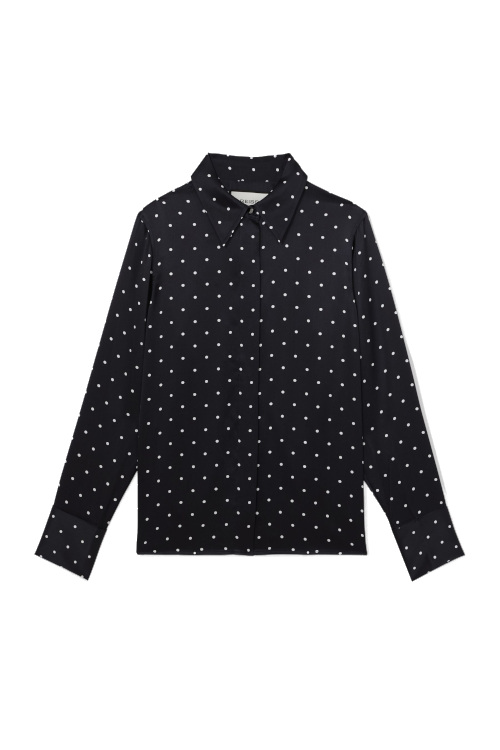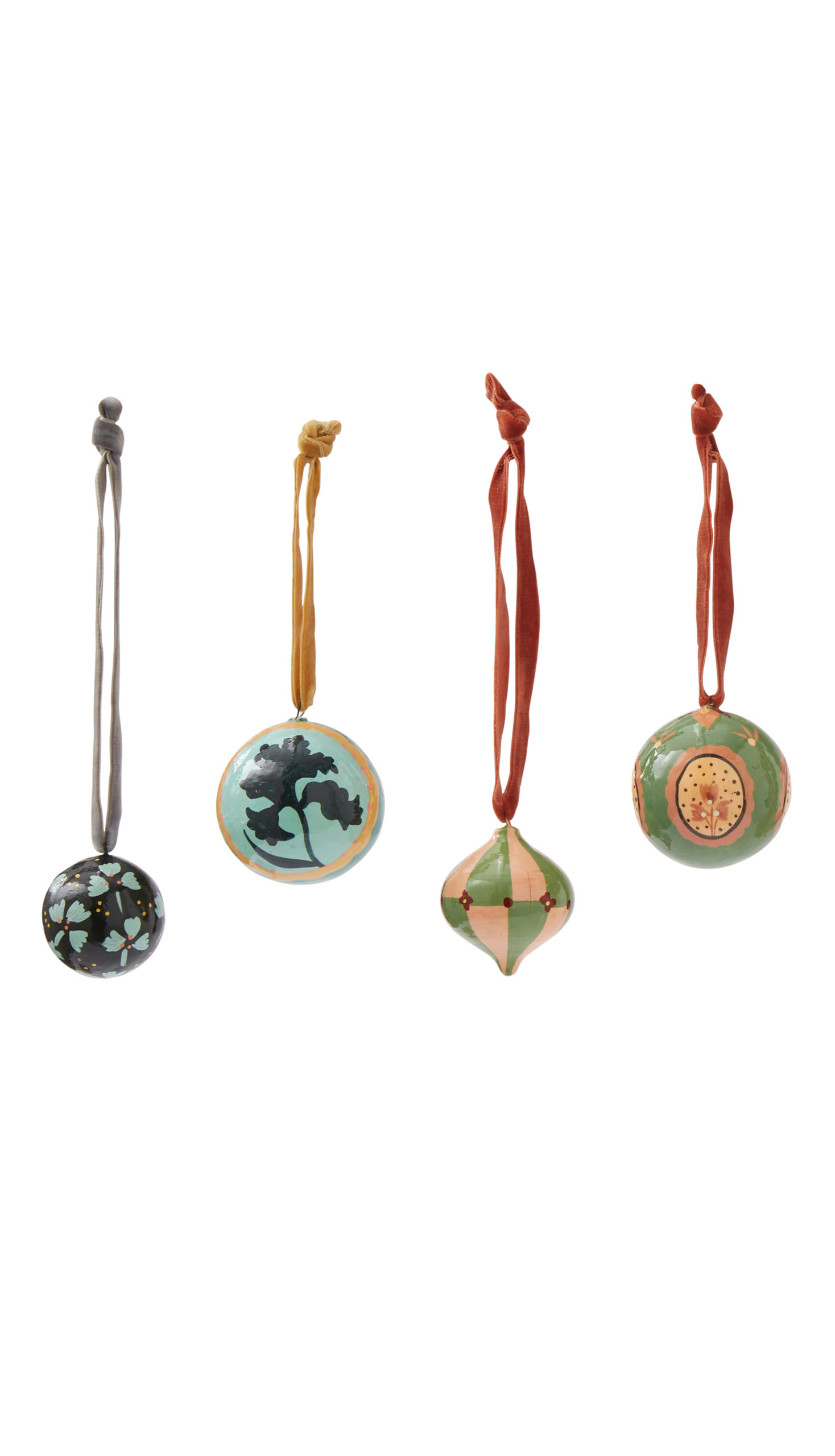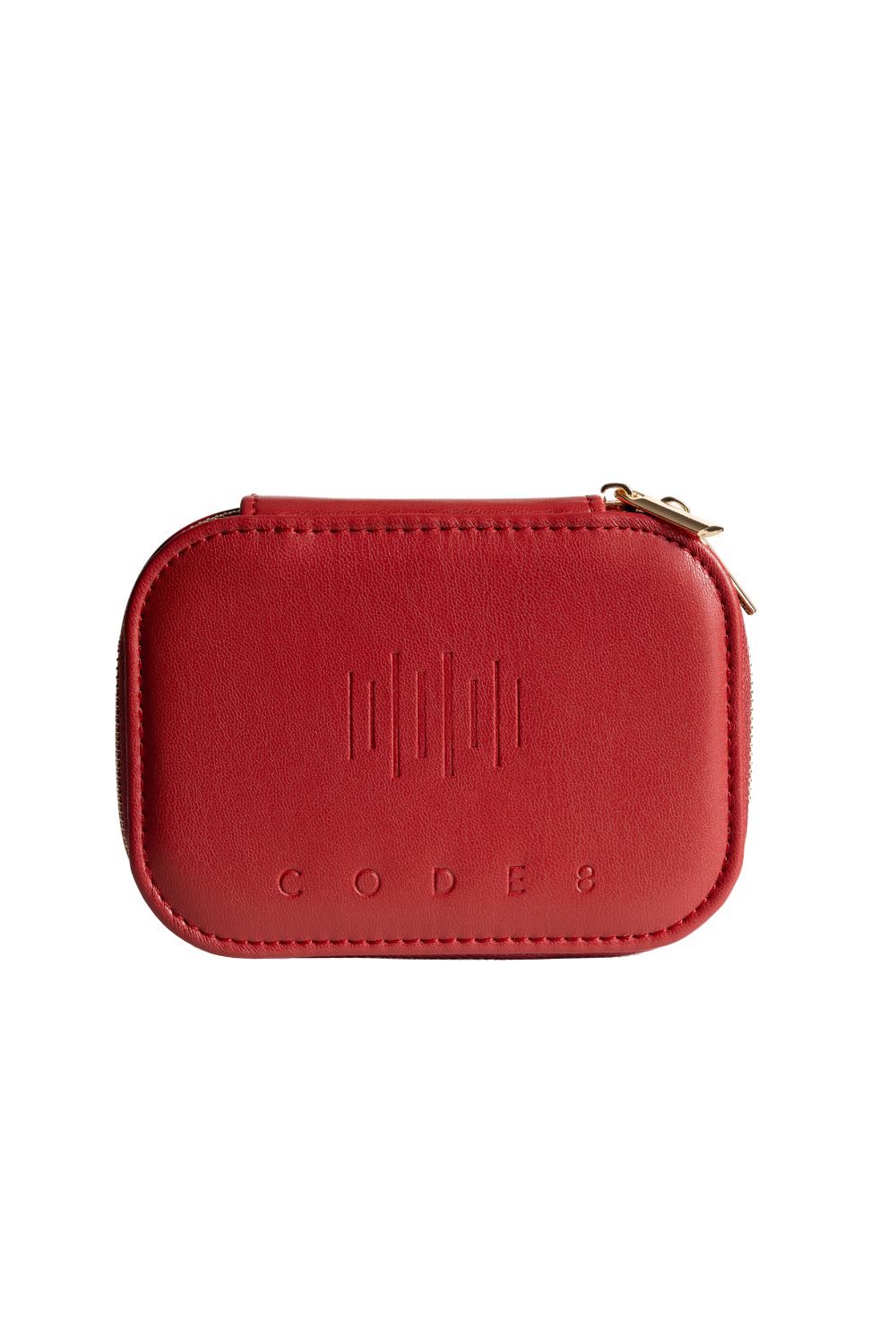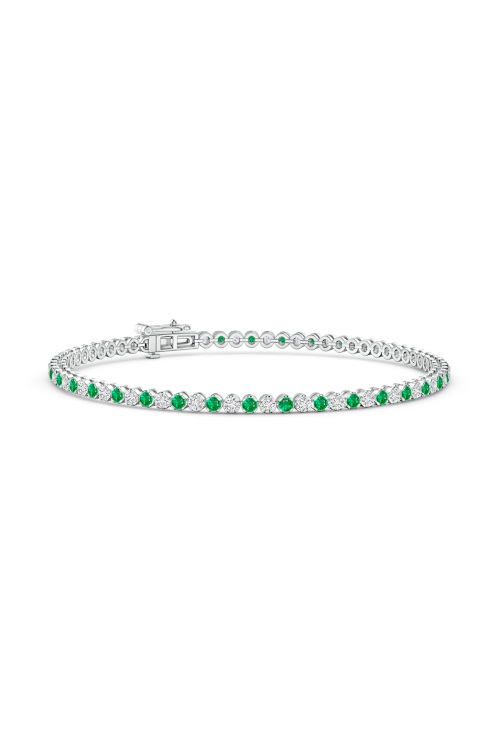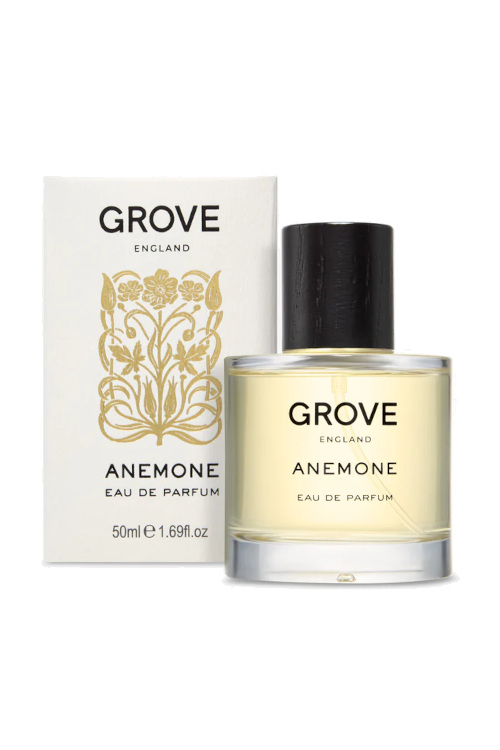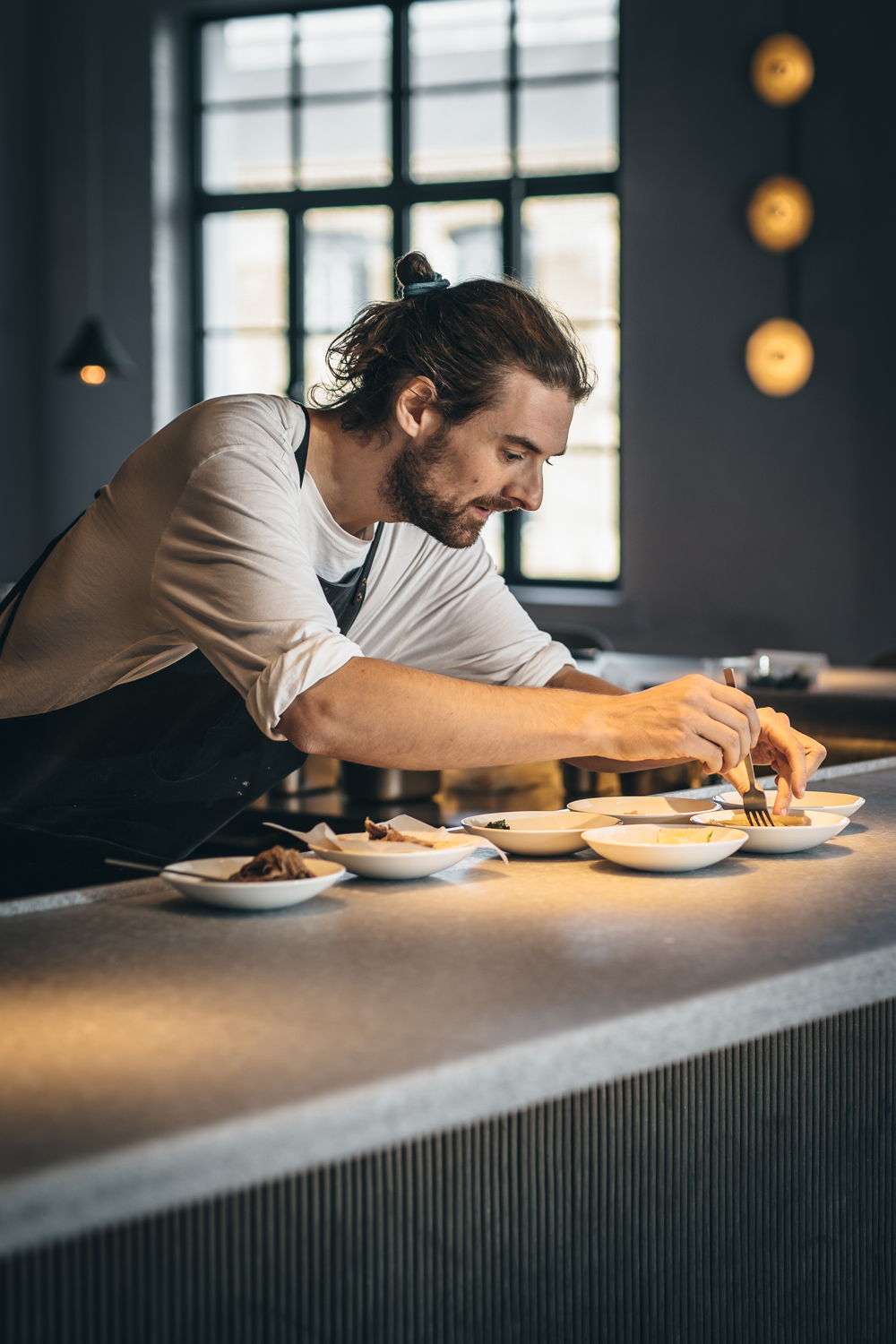
The ‘Walter White Of Flavour’ Dr Johnny Drain On The Fermentation Craze
By
5 months ago
The food scientist on gut health, getting arrested and the future of food
Whether it’s freshly brewed kombucha, creamy kefir or tangy kimchi, fermented foods are one of the biggest health trends of the moment. But Dr Johnny Drain, a chef, scientist and writer, has been delving into the topic for many years.
After studying materials science at university, Dr Drain decided to dedicate his career to the topic of fermentation, working alongside chefs, farmers, bartenders, designers and even fashion houses to pioneer exciting culinary techniques. He has carried out a research project for Copenhagen’s Noma, supported Douglas McMaster in creating zero-waste hotspot Silo, and travelled all over the globe to try the world’s quirkiest fermented foods – from tiny icefish in Japan to ten-year-old butter in Morocco.
Now, Dr Drain has shared his findings in a new book, Adventures in Fermentation, which he tells us about below.
Could Fermentation Save The Planet? We Asked Expert Dr Johnny Drain
What is fermentation?
Most simply put, fermentation is cooking with microbes. Normally we cook with heat; we toast bread, we fry an egg, we boil pasta. The heat changes the colour, texture, flavour. Maybe even the health properties or the safety of the food. When we ferment we do the same things but with certain microbes – bacteria, yeasts and moulds – instead of heat.
When did you first become interested in the topic?
My earliest fermentation memories are of making yoghurt with my gran as a child or making bread (not very good bread!) at primary school. But my real fascination took hold while working at Noma’s Nordic Food Lab, where I was researching whether it was possible to create aged butters inspired by aged cheeses like comté and parmesan. That’s when it clicked for me that nearly all of my favourite foods – butter, cheese, bread, miso paste, booze, even coffee and chocolate – were all fermented.
Why is fermentation important for the future of our planet?
One of fermentation’s most amazing features is that it can transform what many see as waste into nutritious, delicious, and valuable food, turning food scraps into food superstars. I’ve helped pioneer this approach, working with the likes of Doug McMaster’s Silo, the world’s first zero-waste restaurant, and SEM in Lisbon, upcycling fish bones into fish sauce, and meat trim into intensely savoury meat garums. A number of companies around the world are now doing this at a larger scale. This philosophy of making the most of our resources and closing loops can be extended more broadly to trying to create food systems that regenerate rather than degrade the planet.
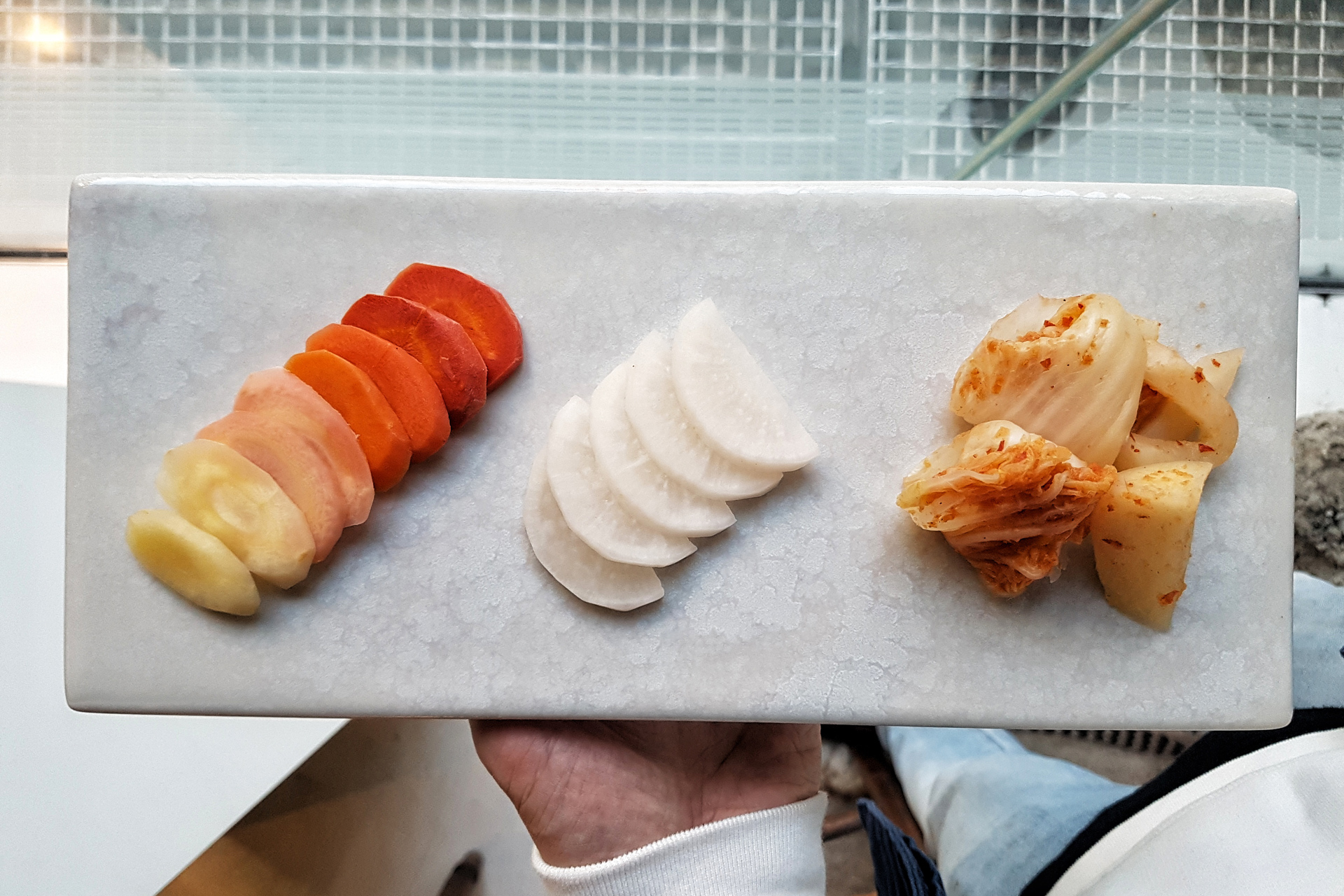
A platter of lacto-ferments
Why do you think fermentation has recently soared in popularity?
Because it taps into three current cravings: health, heritage, and personalisation. People want food that’s good for them and, in the backlash against UPFs, that also harks back to more traditional ways and times of food production. Ferments are all those things, plus home fermenting is ripe for being given idiosyncratic spins, and therefore perfect for showing off on social media.
Top health benefits of eating fermented foods?
Fermented foods can offer incredible health perks, especially for your gut and brain. First, they can be bursting with probiotics that nourish your microbiome – boosting digestion, immunity, and even mood. Second, fermentation unlocks nutrients in our food, making vitamins and minerals more available for your body to absorb. And third, regularly eating fermented foods can reduce inflammation, supporting long-term health and vitality. Think of fermentation as delicious self-care for your gut – and your mind. The best approach is to regularly eat a wide range of fermented foods.
How does fermentation add flavour to dishes?
Fermentation is a shortcut for boosting the things that make our food tasty: various flavour molecules. When the microbes we use to ferment go about their daily lives they happen to produce compounds that we find delicious – like the tang of lactic acid in kimchi or sauerkraut – or otherwise appealing, like the ethanol that yeasts make in wine or beer.
These microbes can also produce enzymes that break down larger food molecules into smaller, tastier ones. For example, when making miso larger protein molecules get broken down into smaller amino acids that pack a savoury, umami punch.
Through these various pathways, often multiple happening in a single ferment, our microbial collaborators fill our foods with flavour-making compounds.
What’s the strangest thing you’ve ever eaten?
It’s important to point out that what is strange for me might be completely quotidian for someone else but given that I grew up in the landlocked Midlands, eating fermented whale mouth was left-field and unexpected. Deep-fried, dry-aged piranha in Paraguay too.
What about the worst thing?
I’ve had my fair share of fermenting failures: things that stink, things that tasted bad. The story I start the book with was eating butter I’d made with wood ash at the Nordic Food Lab. Wood ash can be highly alkaline – as someone with a degree in chemistry I should have known this — and so I’d inadvertently made corrosive butter! My throat started to tighten and my mouth felt like it was melting. I ran to the toilets, chugged lots of water, and hid there with the Danish emergency services number keyed into my phone until the panic, pain and shame subsided; about half an hour.
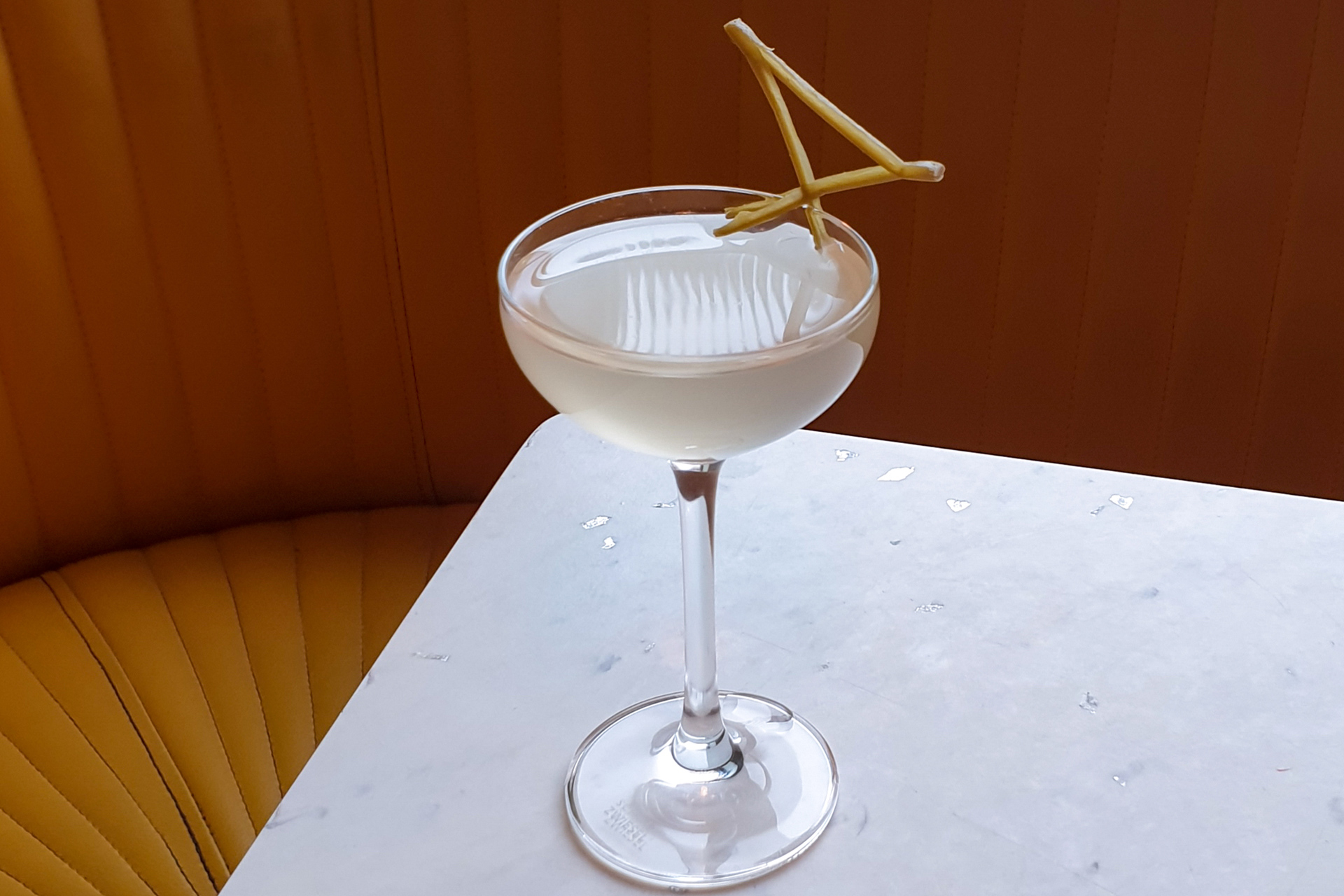
Knotweed martini made in collaboration with Simone Sana, using knotweed a highly invasive species
Tell us about being arrested at airport security…
The full (and fully uncensored) version is longer, but essentially I was stopped at Gatwick while travelling back from South America. My suitcase was filled with the tools of my trade, vacuum-packed baggies filled with off-white powders (yeasts and bacteria!) and several kilogram bags of squidgey brown pastes (miso!), along with temperature probes, pH meters, basically a whole chemistry set.
It wasn’t helped by the fact that I’d been making kombucha from coca leaves (an ingredient still used by many indigenous communities) a few days before. Anyway, long story short, I set off some alarm bells and had to explain my way out of it, as well as do a full-body X-ray.
For someone who is new to fermentation, what’s something easy they could make at home?
I’d say start with soured cream. Buy some supermarket cream, say 600ml, tip it into a bowl and tip in a small tub (usually about 200g) of creme fraiche (it should say ‘contains live cultures’ on the back of pack). Stir together, cover with a lid or cling film and leave at room temperature. After two days of just sitting there you will have unctuous, tangy, buttery soured cream. You can churn it into butter or, my favourite, for a simple dessert scoop into bowls, freeze for an hour or two, and then serve with some fresh berries and a grating of dark chocolate.
Aside from fermentation, what techniques are important in the world of sustainable food?
All of the preservation techniques, like vinegar pickling, drying, salting and smoking, are powerful ways of making more of the food we grow. Currently we waste about 40 percent of all the edible biomass produced. So simply using more of it is a no-brainer. Moving away from monoculture towards polyculture and regenerative agriculture approaches is also, I believe, an important step.
What trends are you seeing in the food industry right now?
The rise of GLP-1 is – like it or not – reshaping eating habits, fuelling demand for smaller portions that still deliver big on flavour and satisfaction. Mycelium-based proteins are scaling fast, offering sustainable, animal-free alternatives. We’re also seeing innovation in replacing beloved but problematic ingredients – chocolate included, the production of which often involves child labour – with more ethical and sustainable options.
Fermentation and gut health have definitely gone mainstream. Expect to see products like milk kefir join kombucha as supermarket staples. Meanwhile, non-alcoholic drinks are flourishing, growing in nuance and complexity to rival their boozy counterparts.
Finally, curiosity around global ingredients and cuisines will continue to flourish. I think Filipino food, in particular, and regional Chinese cuisines are becoming better understood in the UK.
You’ve worked with restaurants all over the world. Which impressed you the most?
I’ve worked with lots of the world’s best restaurants, and bars, too many Michelin stars to count. It’s tough to pick even a shortlist but Mirazur in the south of France on the Cote d’Azur is deeply magical. And then Silo in London because of how impressive Doug’s zero-waste vision is and how impactful his work has been on other chefs in the time I’ve known and collaborated with him.
Adventures in Fermentation is available now

